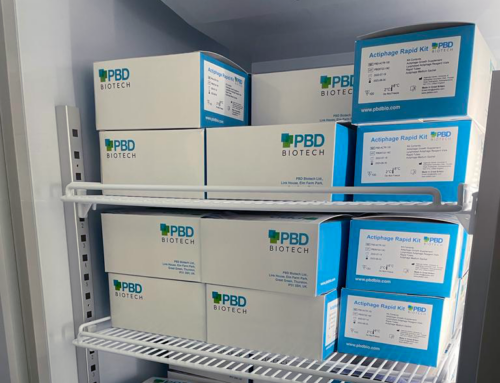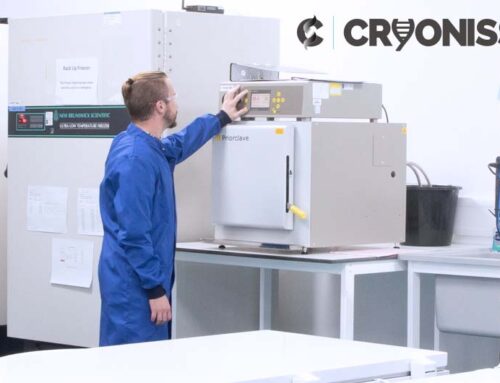Genetically Modified Organisms
Genetically Modified Organisms can be defined as organisms (i.e. plants, animals or microorganisms) in which the genetic material (DNA) has been altered in a way that does not occur naturally by mating and/or natural recombination.

The primary piece of legislation that applies to the use of genetically modified organisms (GMOs) in the workplace is the Genetically Modified Organisms (Contained Use) Regulations 2014 (‘the GMO(CU) Regulations’), which is enforced by the Health & Safety Executive.
The GMO(CU) Regulations provide for human health and safety and environmental protection from genetically modified micro-organisms (GMMs) in contained use, and human health and safety from genetically modified plants and animals. The key requirement of the GMO(CU) Regulations is to assess the risks of all contained uses and to ensure that any necessary controls are put in place. The GMO(CU) Regulations provide a framework for making these judgments, and place clear legal obligations on people who work with Genetically Modified Organisms.
The Genetically Modified Organisms(CU) Regulations:
- Require risk assessment of contained use involving GMMs and larger GMOs, e.g. transgenic mice. All contained uses must be assessed for risk to humans and those involving GMMs assessed for risk to the environment.
- Require competent advice to be obtained on the risk assessment before the contained use can start.
- Introduce a classification system based on the risk of the contained use independent of the purpose of the contained use. The classification is based on the four levels of containment for microbial laboratories.
- Require notification of all premises to HSE before they are used for contained use for the first time.
- Require notification of individual contained uses of class 2 (low risk) to class 4 (high risk) to be notified to the competent authority (which HSE administers). Consents are issued for all class 3 (medium risk) and class 4 (high risk) contained uses. Class 1 (no or negligible risk) contained uses are non-notifiable, although they are open to scrutiny by HSE’s specialist inspectors who enforce the Regulations. Contained use involving larger GMOs, which are more hazardous to humans than the parental non-modified organism, also require notification.
- Require fees payable for the notification of premises for first time use, class 2, 3 and 4 contained use notifications, and notified contained use involving larger Genetically Modified Organisms.
- Require the maintenance of a public register of premises undertaking genetic modification and certain contained uses.
There are also other pieces of health and safety legislation that are relevant for work with GMOs. These include the general requirements of the Health and Safety at Work Act 1974, the Management of Health and Safety at Work Regulations 1999, and the Carriage of Dangerous Goods legislation. There are also some biological agents aspects of the Control of Substances Hazardous to Health Regulations 2002 which may be applicable in some circumstance.
Please note, these Genetically Modified Organisms regulations apply to the UK only and other countries have their own guidelines and regulatory bodies.





